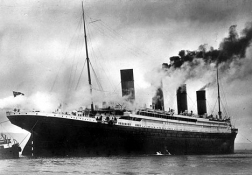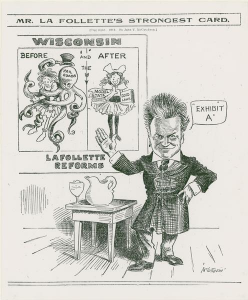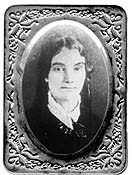The Titanic’s Connection to Electronic Communications Privacy
 One hundred years ago this weekend, the RMS Titanic hit an iceberg off the coast of Newfoundland and sank. The event was big news then and has remained so for a century, due in no small part to the number of wealthy people who died or were aboard: John Jacob Astor IV; Lucy, Lady Duff-Gordon; Molly Brown; Benjamin Guggenheim; and Isidor Straus. It was a bit as if the Kodak Theatre caught fire during the Academy Awards. (Compare the Titanic to the RMS Empress of Ireland, which sank in the mouth of the St. Lawrence two years later with a loss of more passengers, although considerably fewer crew. Celine Dion sings no songs about the Empress of Ireland.)
One hundred years ago this weekend, the RMS Titanic hit an iceberg off the coast of Newfoundland and sank. The event was big news then and has remained so for a century, due in no small part to the number of wealthy people who died or were aboard: John Jacob Astor IV; Lucy, Lady Duff-Gordon; Molly Brown; Benjamin Guggenheim; and Isidor Straus. It was a bit as if the Kodak Theatre caught fire during the Academy Awards. (Compare the Titanic to the RMS Empress of Ireland, which sank in the mouth of the St. Lawrence two years later with a loss of more passengers, although considerably fewer crew. Celine Dion sings no songs about the Empress of Ireland.)
There are many fascinating aspects of the story, including the recently uncovered evidence of what exactly caused the ship to sink — not a massive gash in its hull, as had long been supposed, but rather a buckling of the plates over five compartments, due in part to the failure of potentially substandard rivets. For want of a rivet, the Titanic was lost. And there’s also the interesting question of why there was so little panic among the passengers as the ship went down. But I want to focus on one that I’m fairly sure is not going to get covered this week: the connection between the sinking of the Titanic and our modern Electronic Communications Privacy Act, the federal law that makes it a crime to intercept communications without either a court order or the consent of one of the parties.
The connection stems from the role of “wireless telegraphy” — radio, as it’s now known — in the Titanic disaster.


